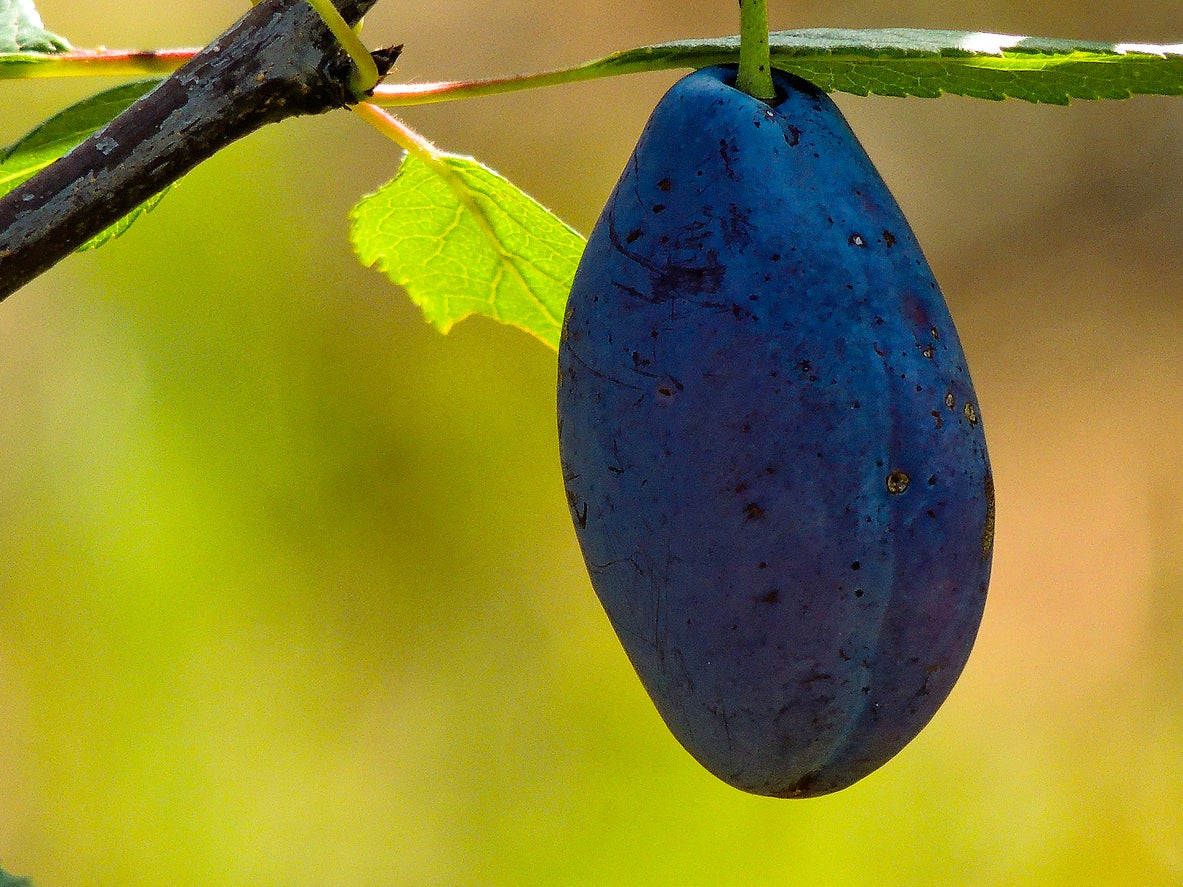Merryweather Damson Tree Info – What Is A Merryweather Damson


What is a Merryweather damson? Merryweather damsons, originating in England, are a tart, delicious type of plum, sweet enough to be eaten raw, but ideal for jams and jellies. One of the hardiest of all fruit trees, Merryweather damson trees are attractive in the garden, providing showy white flowers in spring and lovely foliage in autumn. Large crops of bluish black Merryweather damson plums are ready for harvest in late August. Growing Merryweather damsons isn’t difficult for gardeners in USDA plant hardiness zones 5 through 7. Read on and we’ll provide tips on how to grow Merryweather damsons.
Growing Merryweather Damsons
Merryweather damson plums are self-fertile, but a pollination partner nearby that flowers about the same time may improve quality and yield. Good candidates include Czar, Jubilee, Denniston’s Superb, Avalon, Herman, Jefferson, Farleigh, and many others. Grow damson trees in full sunlight and moist, well-drained soil. Add plenty of compost, chopped leaves, or well-rotted manure to the soil prior to planting. Keep the area free of weeds in at least a 12 inch (31 cm.) radius around the tree. Fruit trees don’t compete well with weeds, which rob moisture and nutrients from the roots of the tree. Apply mulch or compost around the tree in spring, but don’t allow the material to pile up against the trunk. Water Merryweather damson trees regularly during dry periods, but be careful not to overwater. Fruit trees may rot in soggy, poorly drained conditions. Check the Merryweather damson trees frequently for aphids, scale, and spider mites. Treat them with insecticidal soap spray. Caterpillars can be managed with Bt, a naturally occurring biological control. It may be necessary to thin large crops of Merryweather damson plums in spring when the fruit is tiny. Thinning produces healthier fruit and prevents branches from breaking under the weight. Merryweather damson trees requires very little pruning, but old wood, crossing branches, and twiggy growth can be removed between spring and early autumn. Never trim Merryweather damson trees during the winter.
Sign up for the Gardening Know How newsletter today and receive a free copy of our e-book "How to Grow Delicious Tomatoes".

A Credentialed Garden Writer, Mary H. Dyer was with Gardening Know How in the very beginning, publishing articles as early as 2007.